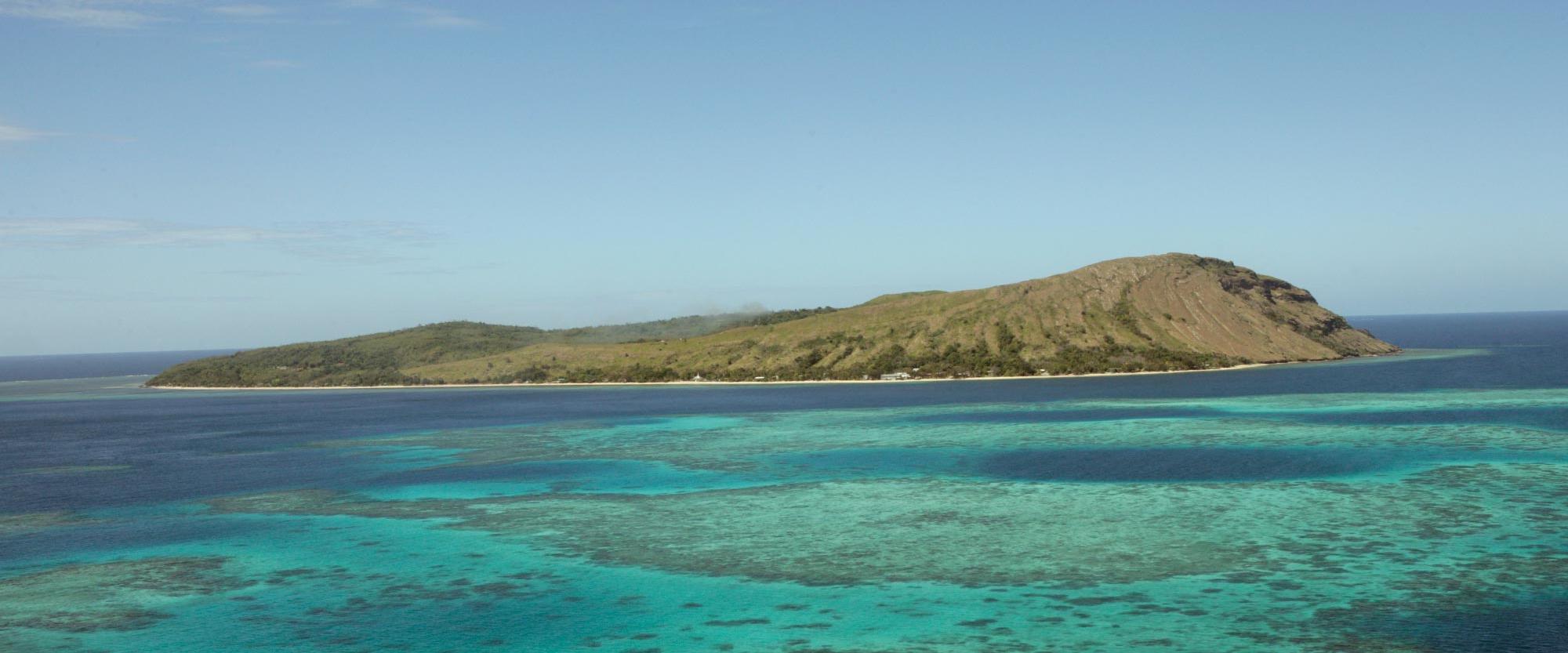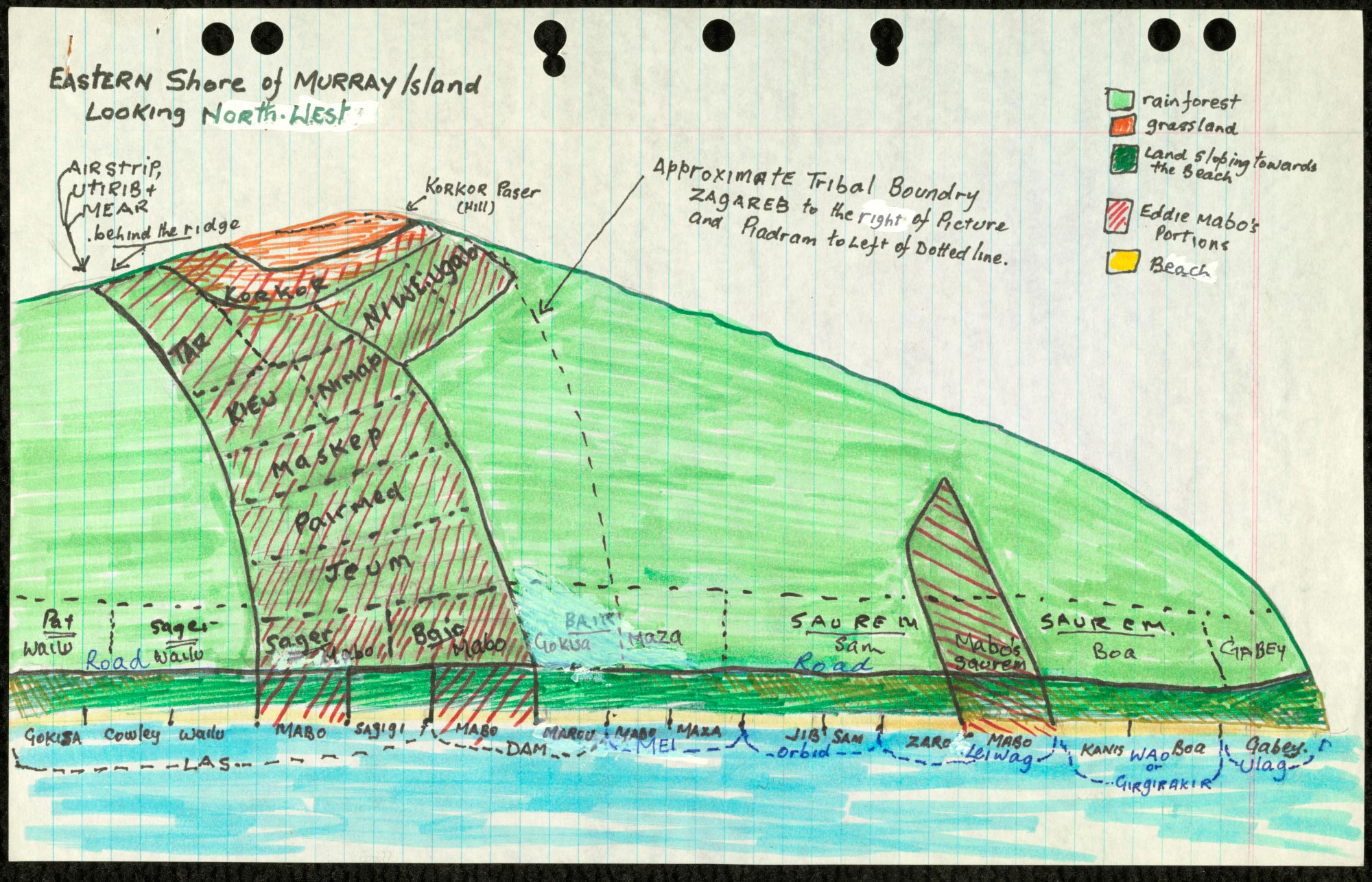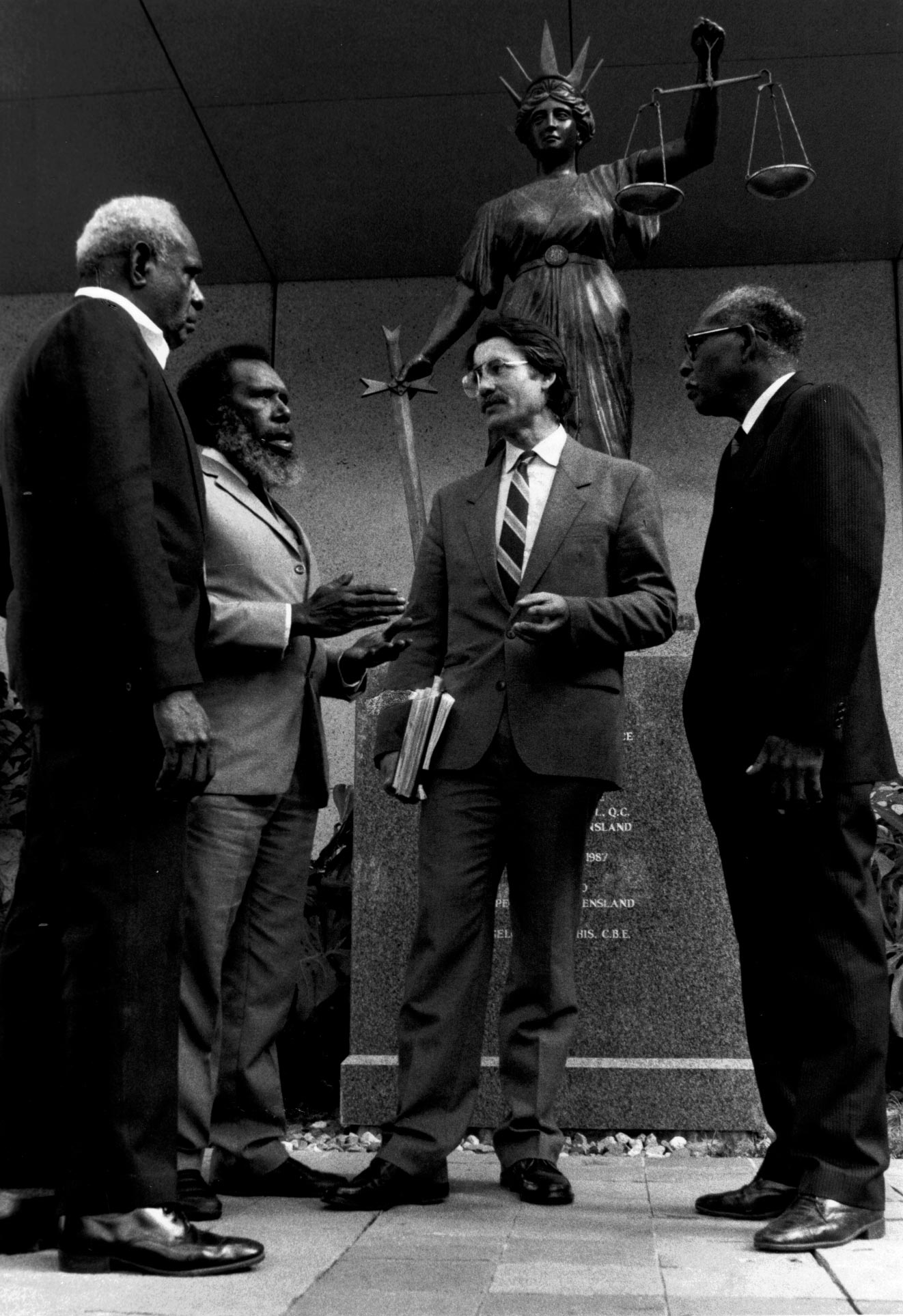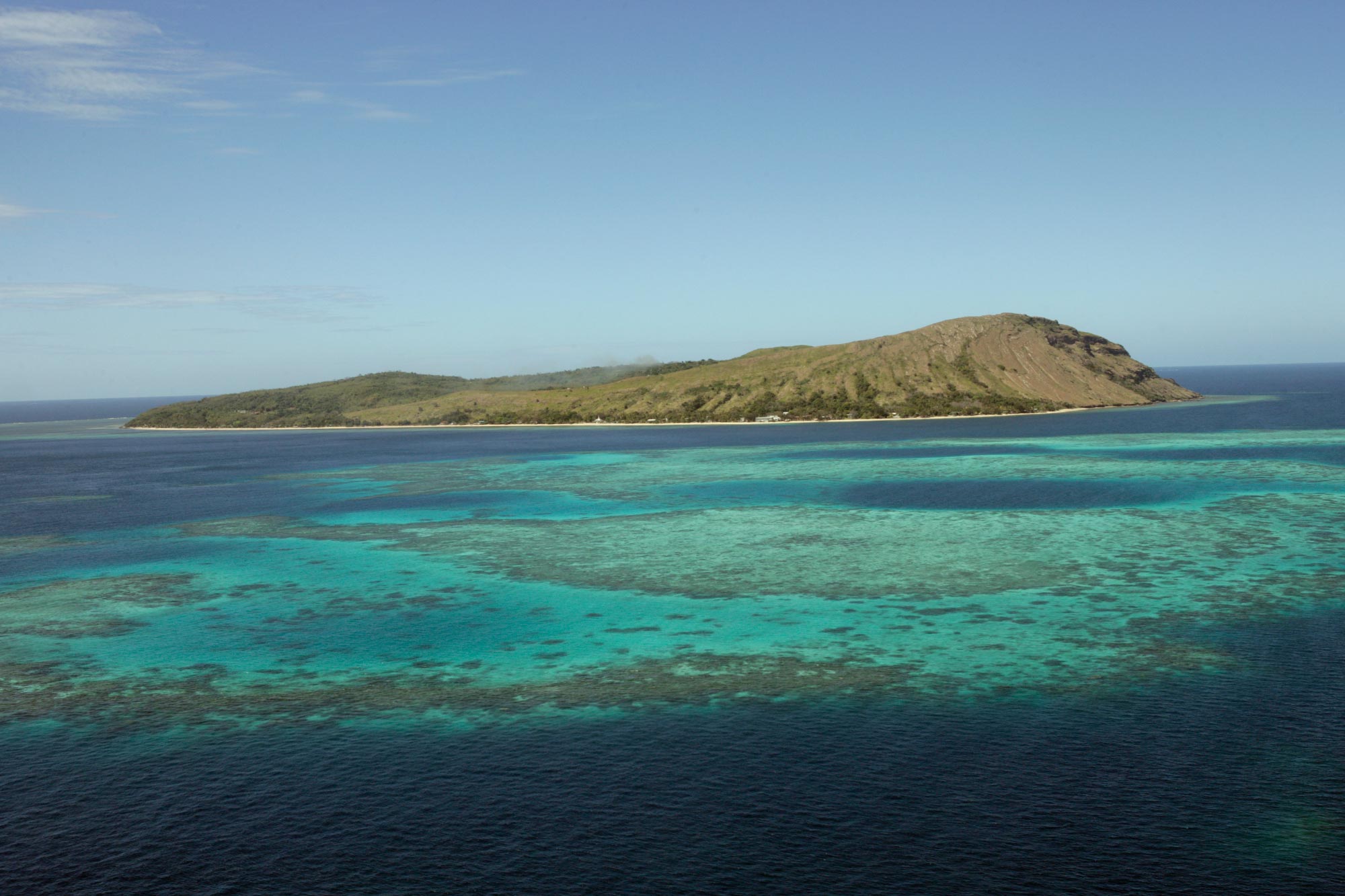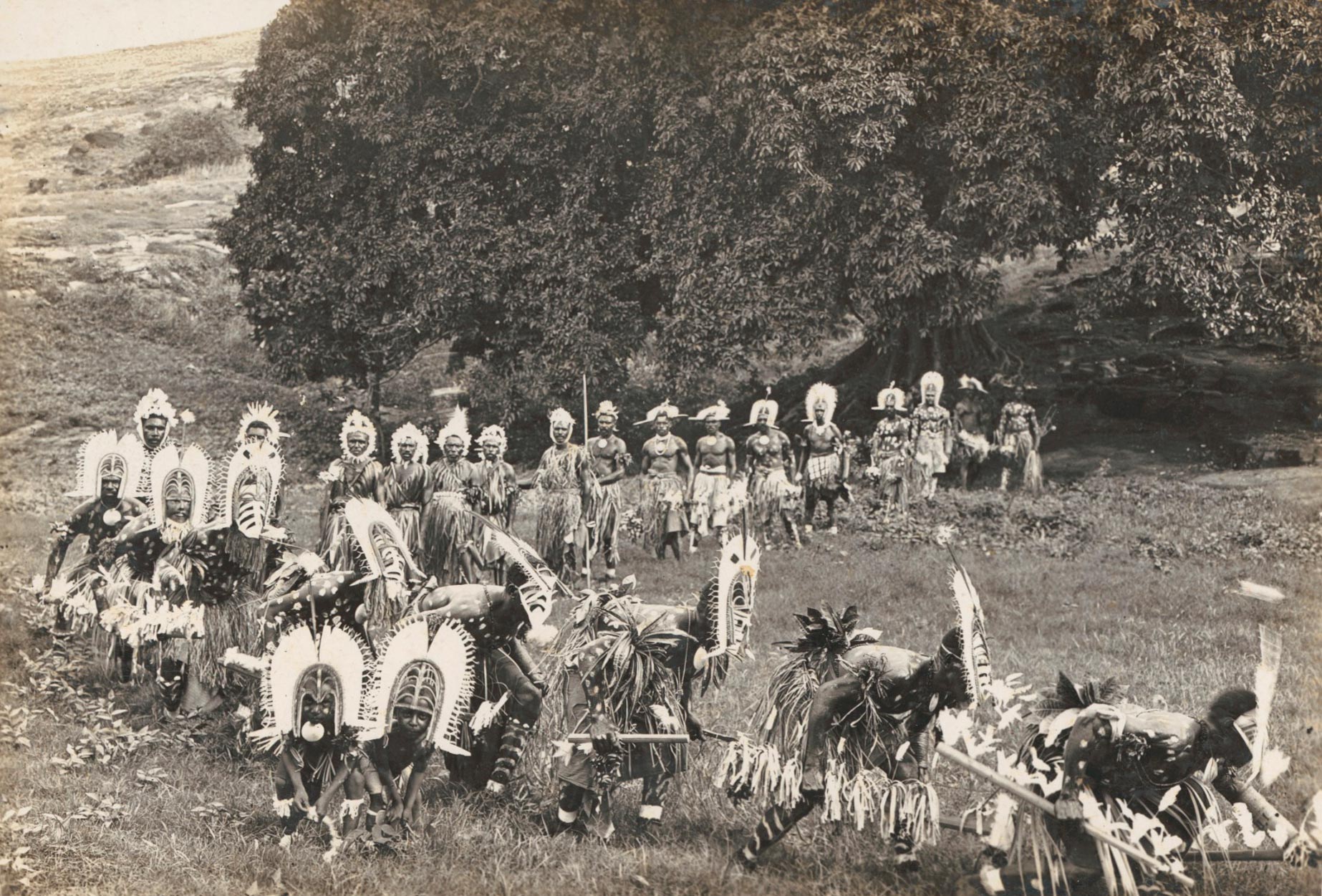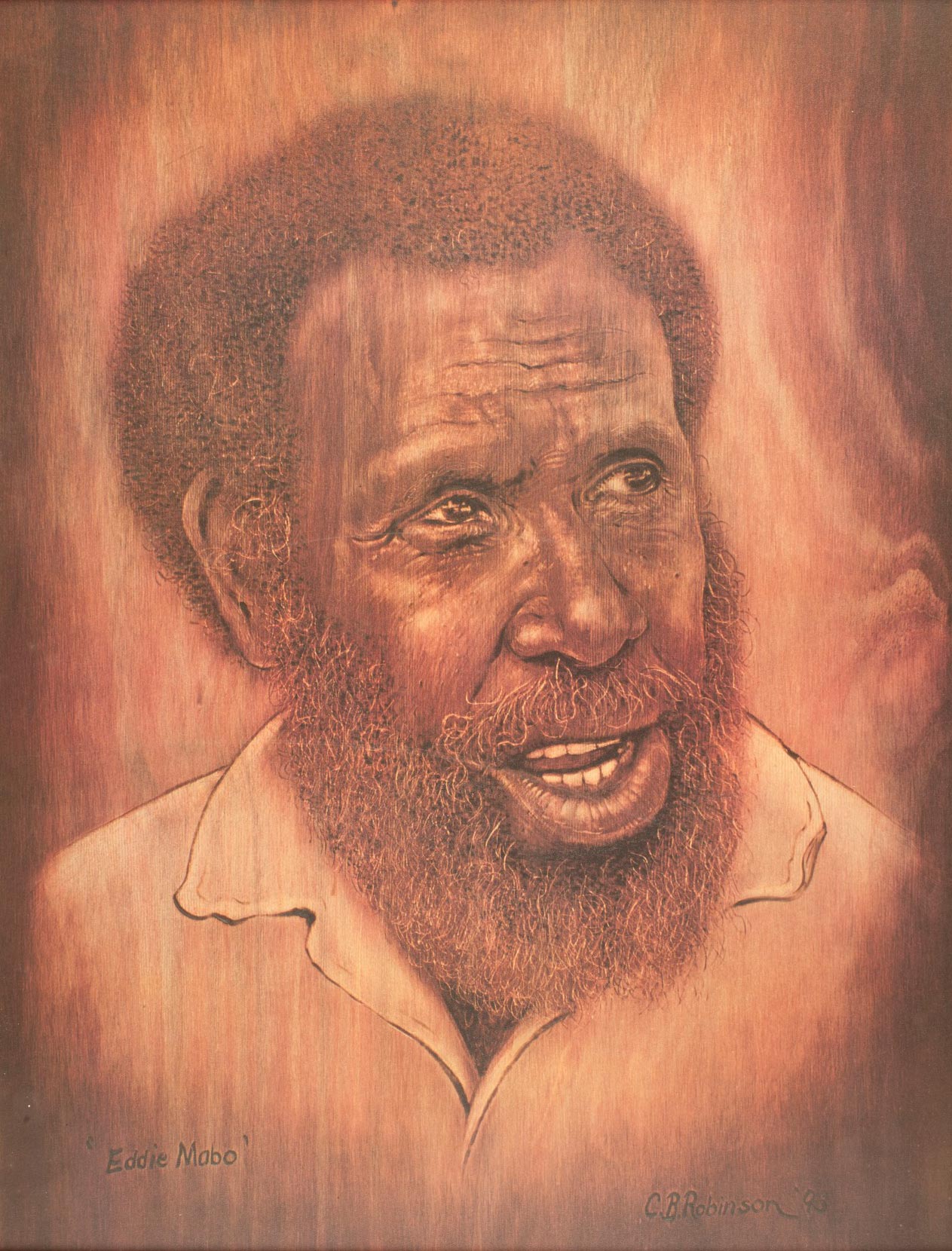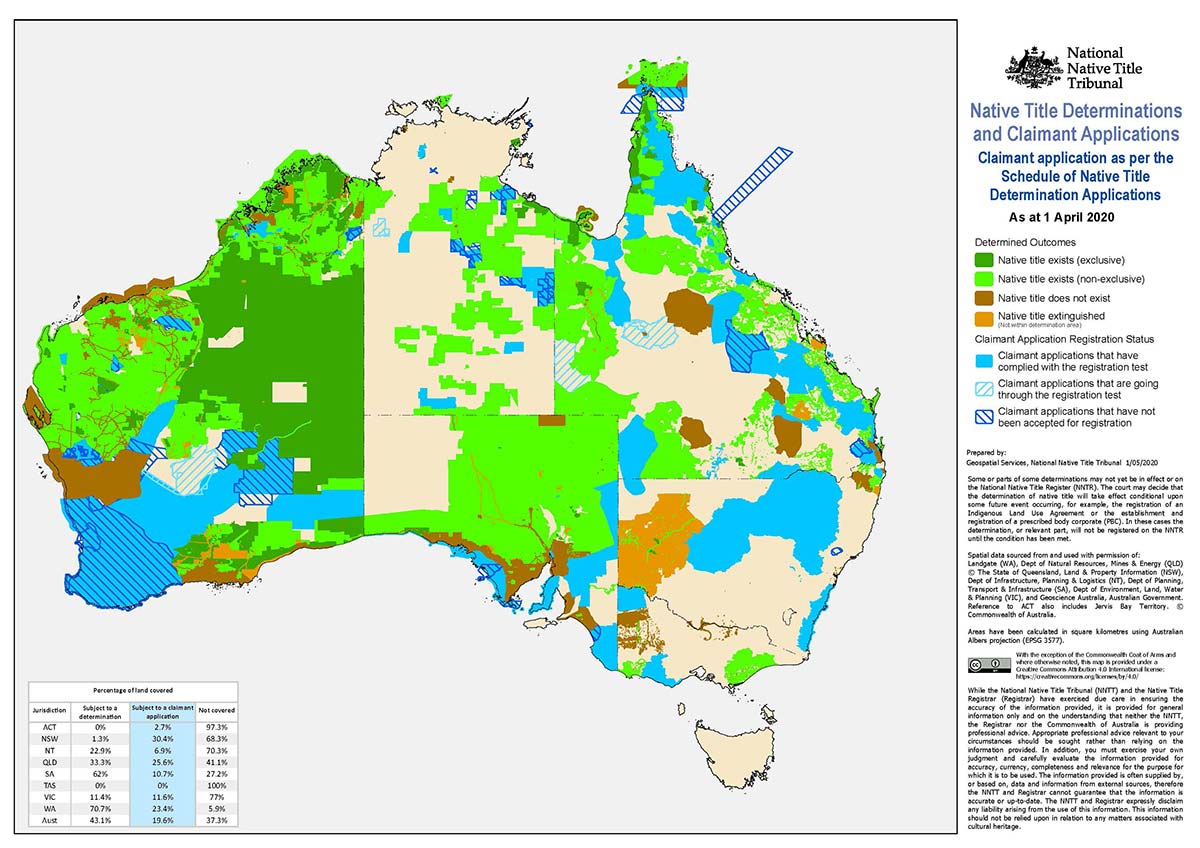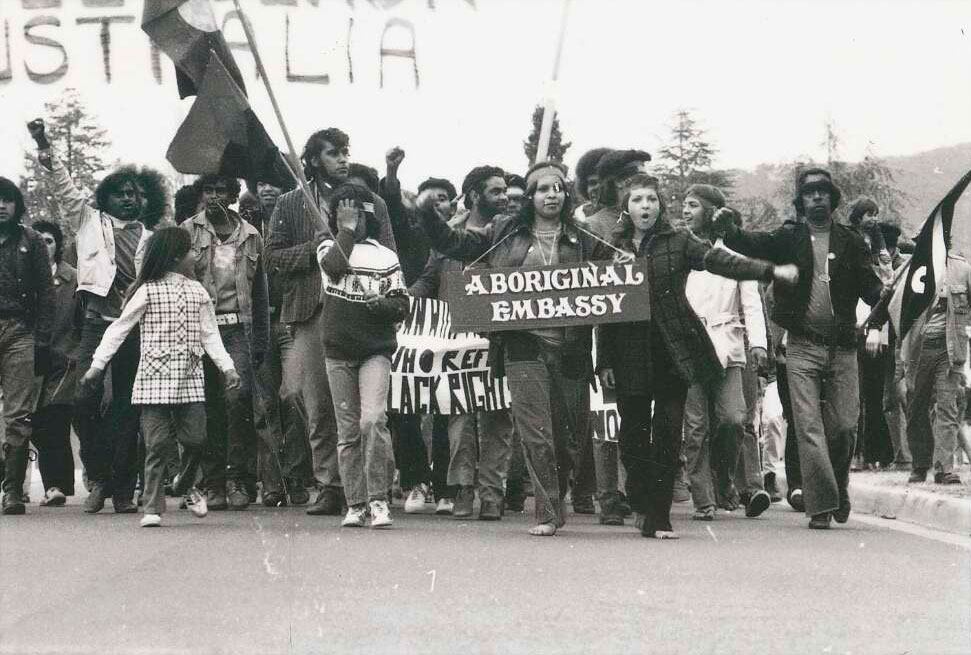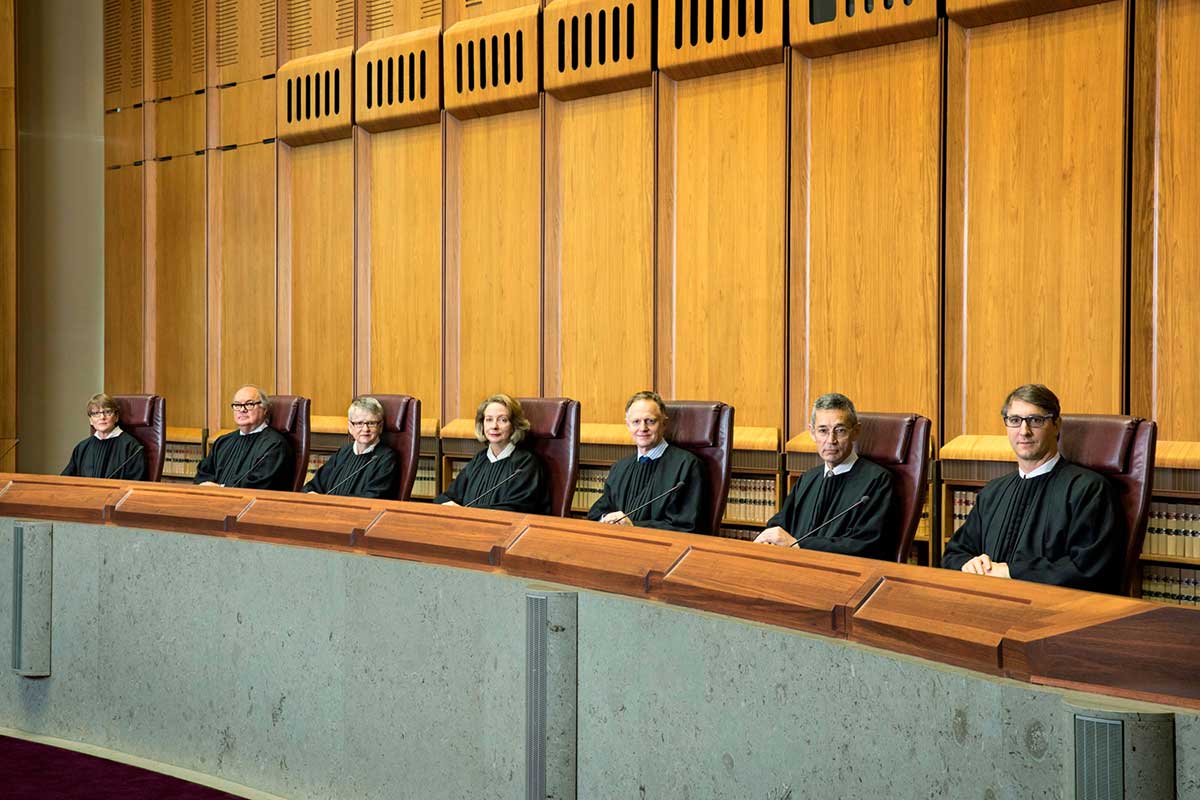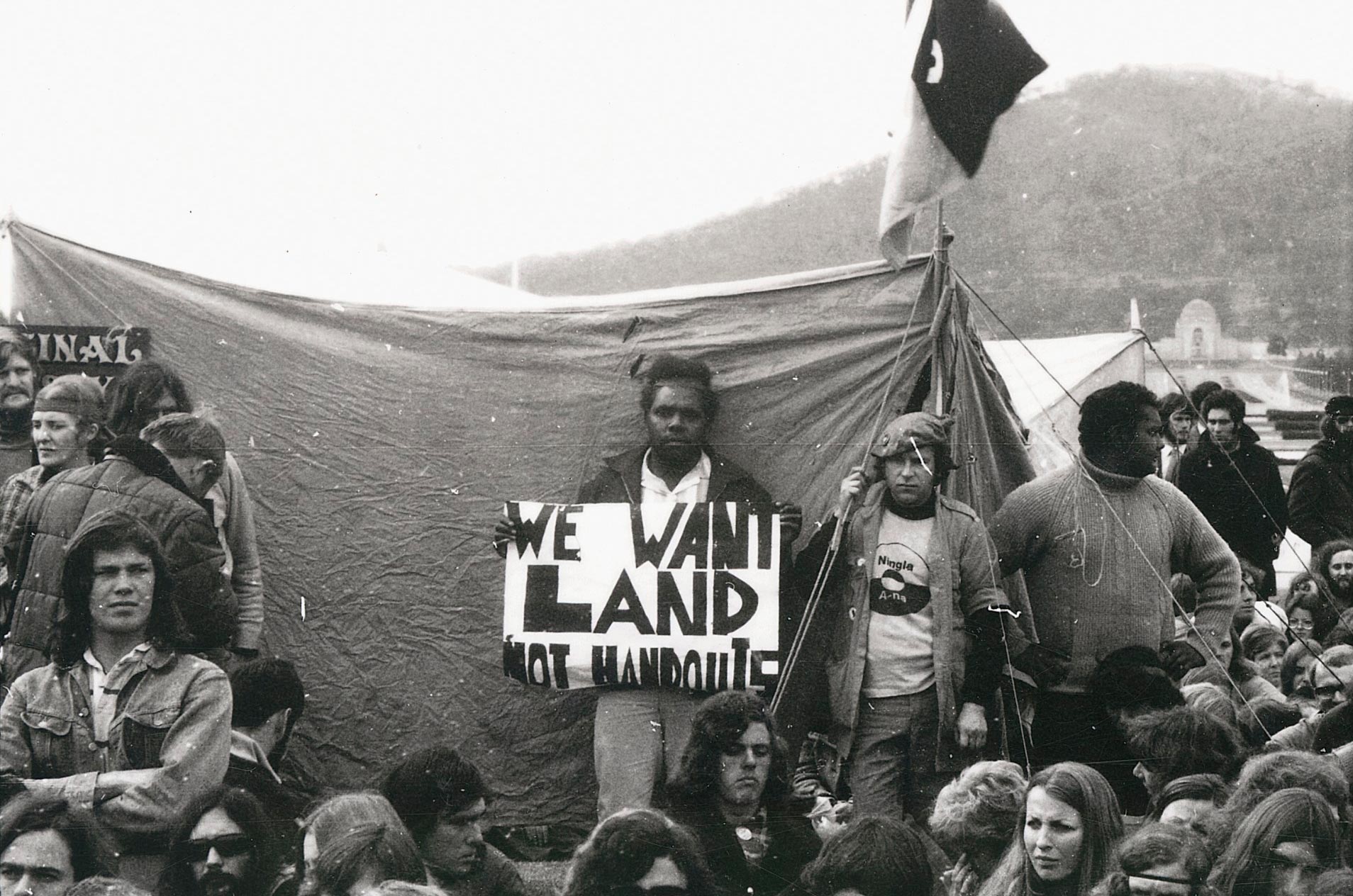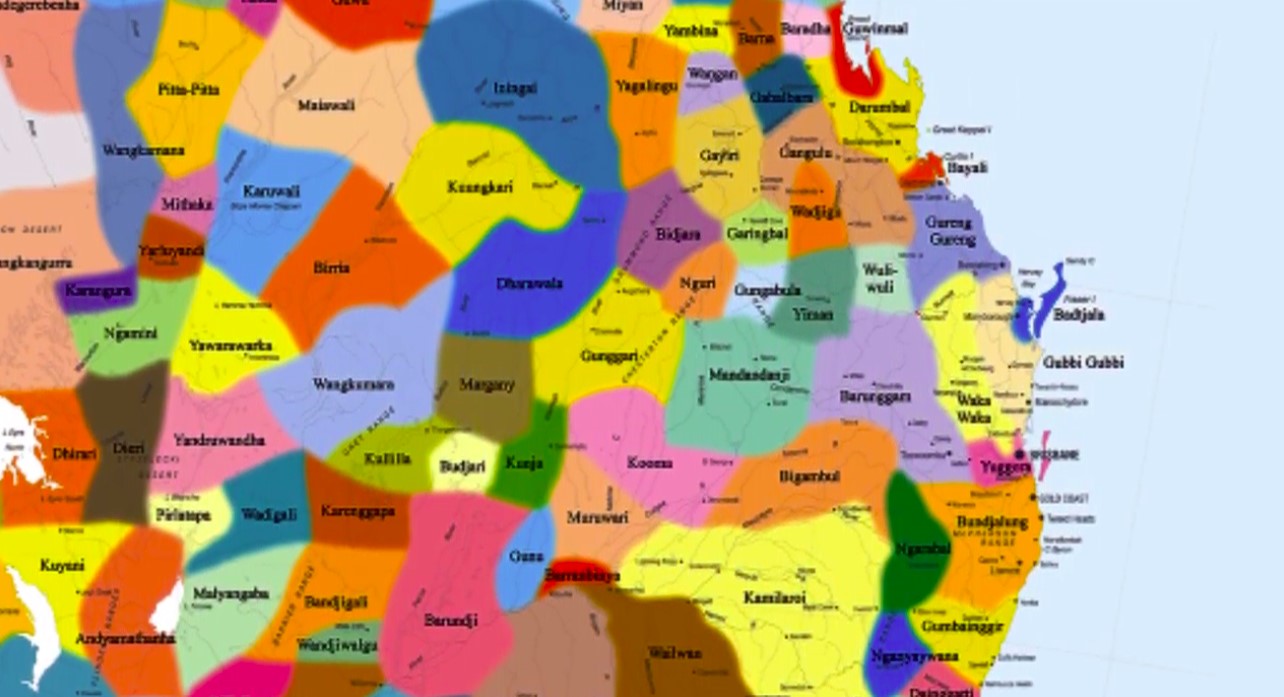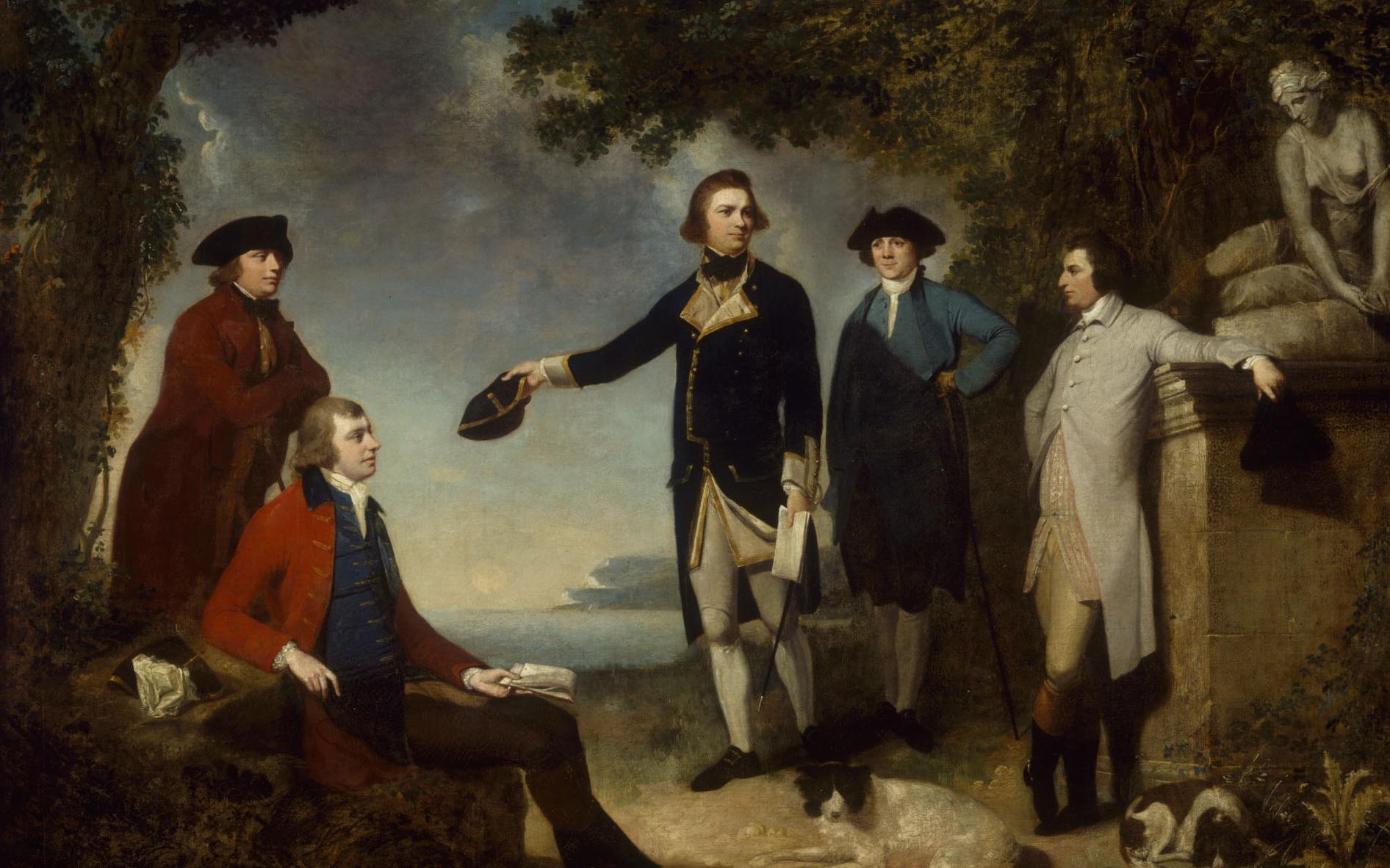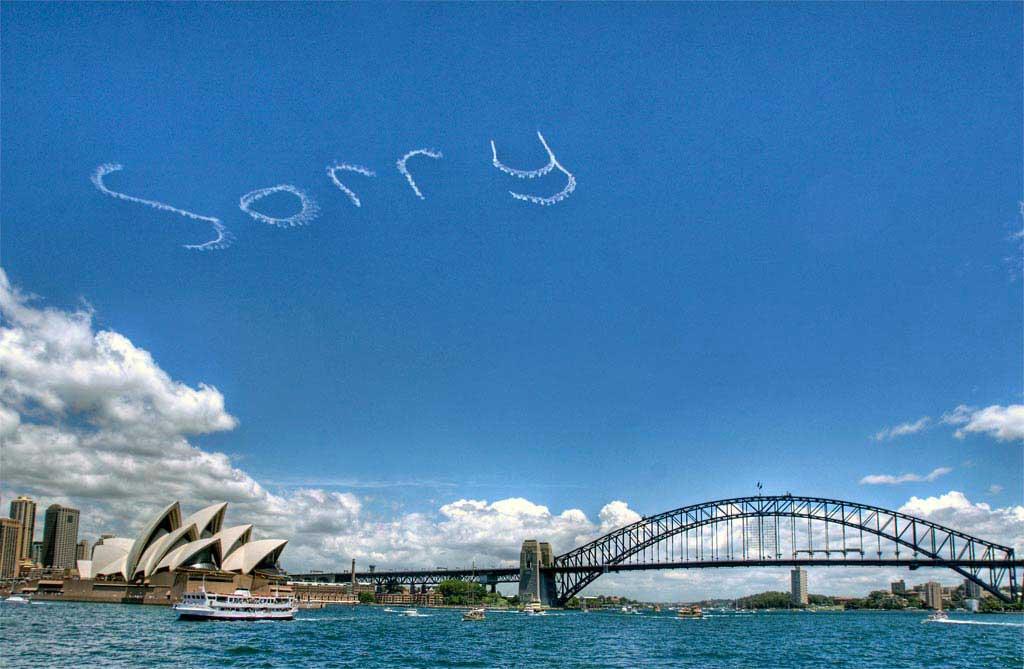Overturning terra nullius
1992: High Court decision in Mabo case recognises native title
Overturning terra nullius
1992: High Court decision in Mabo case recognises native title
In a snapshot
On 3 June 1992 the High Court of Australia ruled that a group of Torres Strait Islander people, led by Eddie Mabo, held ownership of the Murray Islands, including Mer. In acknowledging the traditional rights of the Meriam people to their land, the court also held that native title existed for all First Nations peoples.
This landmark decision led to the Australian Government introducing native title legislation the next year. It also proved that Australia was not terra nullius (land belonging to nobody) when it was claimed by Britain.

 Can you find out?
Can you find out?
1. On what grounds did James Cook claim the east coast of Australia for Great Britain?
2. What important decision did the High Court make on 3 June 1992?
3. What did the Australian Parliament do a year later?
What was the legacy of James Cook?
In 1770 Lieutenant James Cook claimed ownership of the east coast of Australia on behalf of Great Britain. This claim was based on the idea of terra nullius, meaning land belonging to nobody.
Britain assumed that Aboriginal people didn’t have any form of political organisation or land ownership. This meant that, under British law, Aboriginal and Torres Strait Islander peoples had no claim to the land they had lived on for thousands of years.
Research task
Do some research to find out how the High Court was able to overturn the 1985 Queensland law, and why this was so important in enabling the Meriam people to put forward their claim to Mer Island.
‘My father told me: “Son, this land will belong to you when I die.”’
How did the Meriam people challenge terra nullius?
In May 1982 a group of Meriam people from the Eastern Torres Strait went to the High Court of Australia to fight for the legal ownership of the island of Mer. They were led by Eddie Koiki Mabo.
Over 10 years 33 Meriam people researched and wrote 4000 pages of evidence and arguments. The evidence showed that the eight clans of Mer had lived in clearly defined areas of the island for hundreds of years. The evidence also proved continuity of custom (links through the generations of families over time) on Mer.

But in 1985 the Queensland Parliament passed the Torres Strait Islands Coastal Islands Act. The Act cancelled all Torres Strait Islander people’s claims to their traditional lands. The Meriam people had to challenge this law before they could claim ownership of their land. In 1988 the High Court overturned the Act because it conflicted with the Commonwealth Racial Discrimination Act 1975. This allowed the High Court to begin hearing the Meriam people’s land rights case.
On 3 June 1992 six of the seven High Court judges agreed that the Meriam people held traditional ownership of the lands of Mer. This has become known as the ‘Mabo decision’. Eddie Mabo had died just months before the decision. The decision led the Australian Government to pass the Native Title Act 1993, creating the framework for all Australian Aboriginal and Torres Strait Islander peoples to claim their traditional lands.
What were the limitations of the decision?
The decision caused a lot of debate in the Australian community. Many politicians claimed that Australians could lose land they had legally bought.
But the Mabo decision clearly states that Aboriginal and Torres Strait Islander peoples can only claim vacant Crown land, national parks and some leased land. The decision also states that whenever there is a land rights conflict between the government and the traditional owners, the government has priority.
To have native title recognised Aboriginal and Torres Strait Islander peoples must go to court to prove that they have continually kept their traditional links with the land.
Research task
Create a timeline of important events in the life of Eddie Mabo. You might like to use the Australian Dictionary of Biography to help with your research.
Why is the Mabo decision important?
The Mabo decision introduced native title into the Australian legal system. The High Court had acknowledged the traditional rights of the Meriam people to their land, and also decided that native title existed for all Aboriginal and Torres Strait peoples. It showed that Australia was not terra nullius when it was claimed by James Cook.
The decision recognised the connection between land, identity and continuity of family and community felt by Aboriginal and Torres Strait Islander people.
Read a longer version of this Defining Moment on the National Museum of Australia’s website.
 What did you learn?
What did you learn?
1. On what grounds did James Cook claim the east coast of Australia for Great Britain?
2. What important decision did the High Court make on 3 June 1992?
3. What did the Australian Parliament do a year later?






